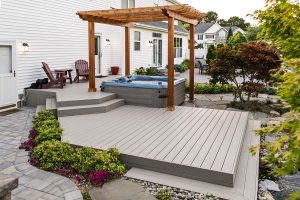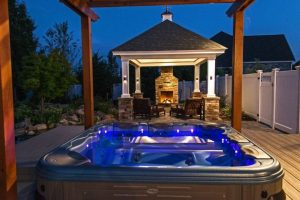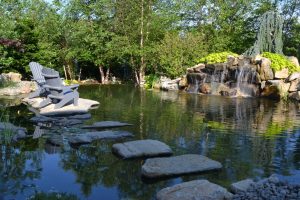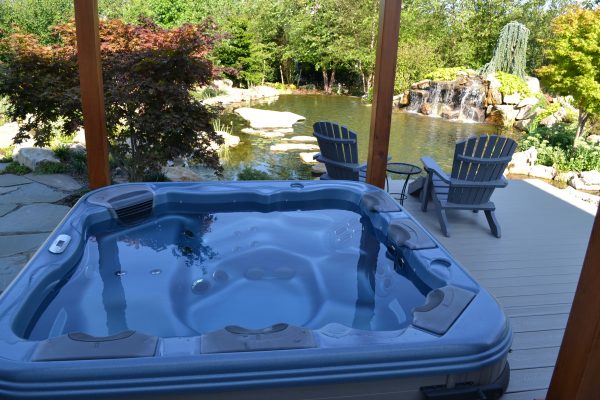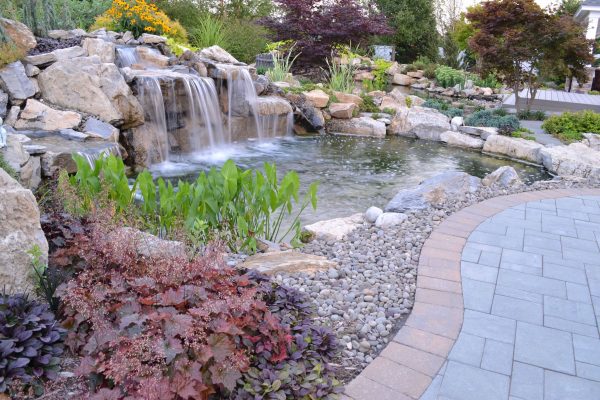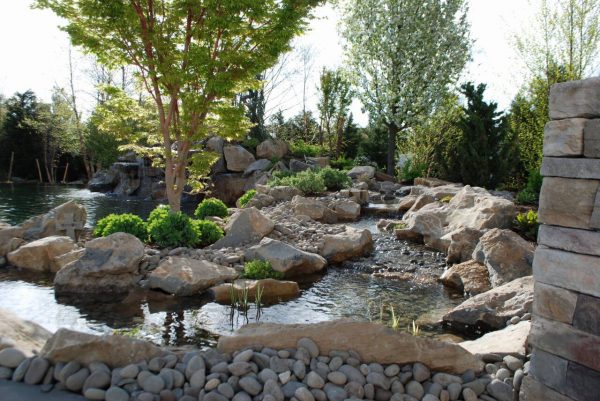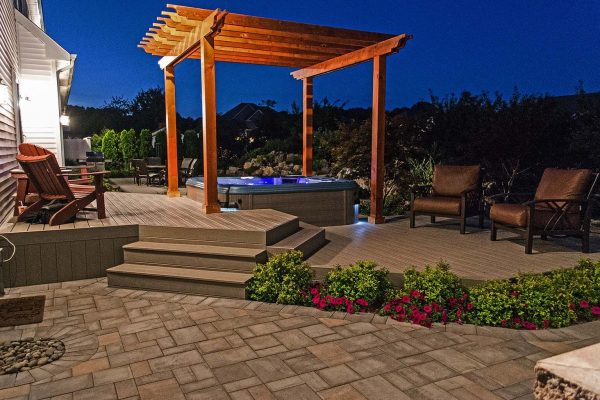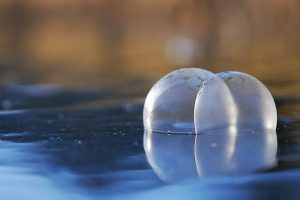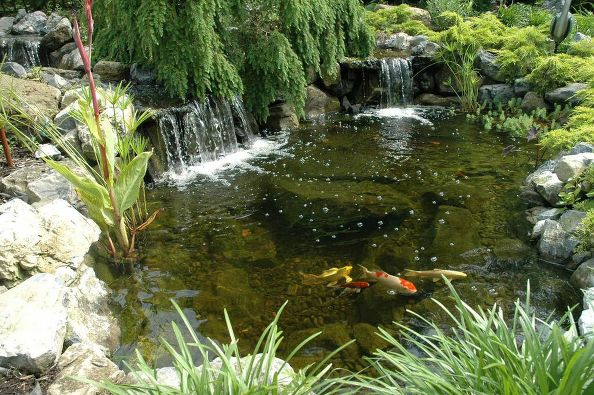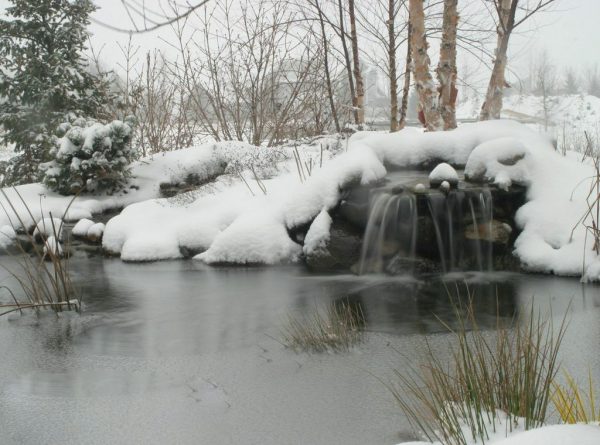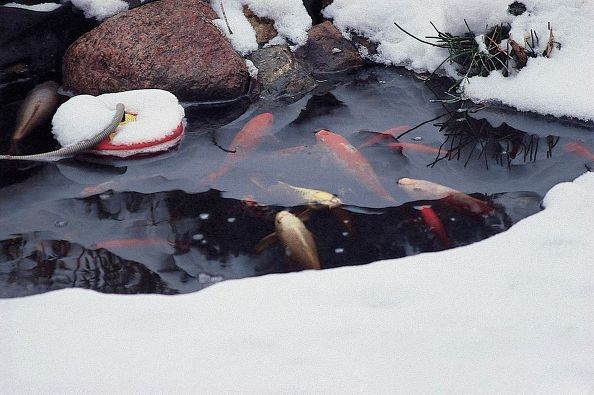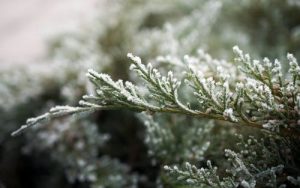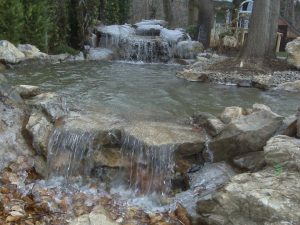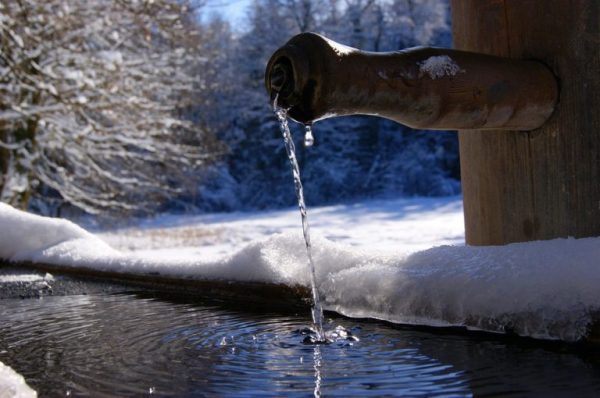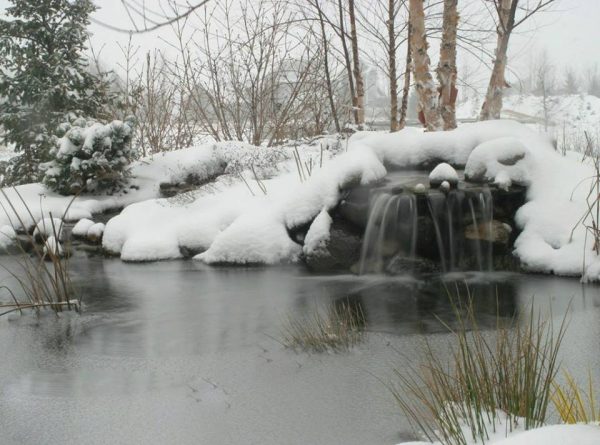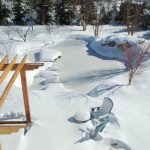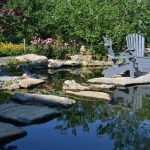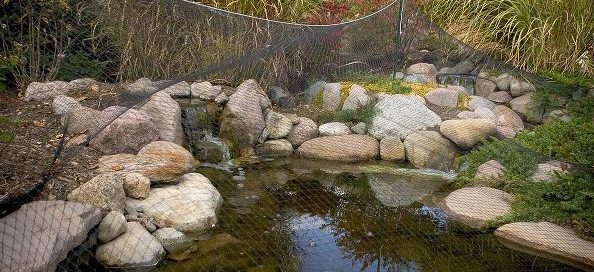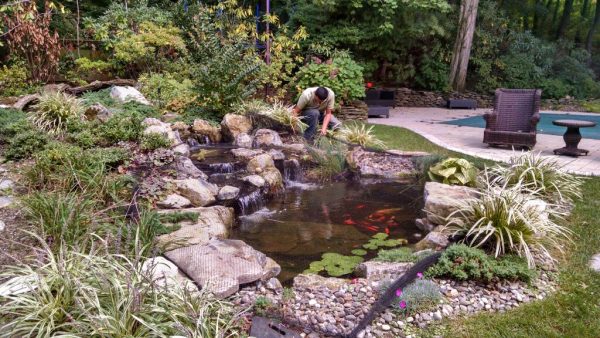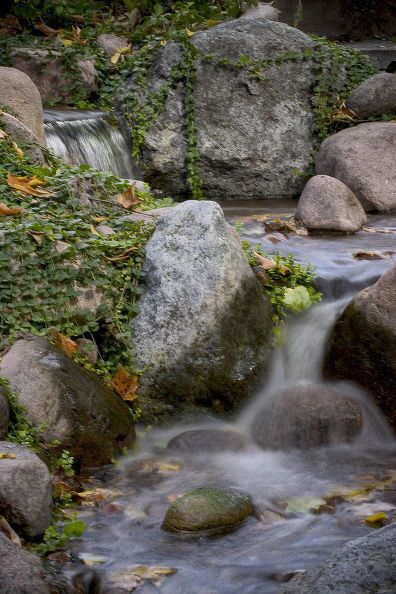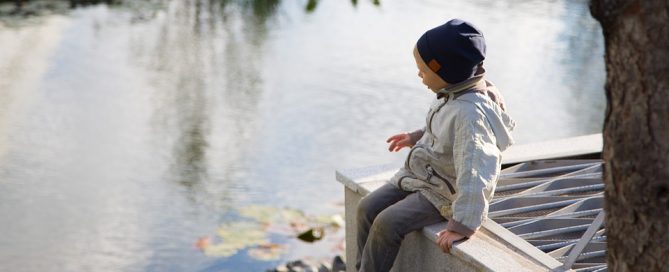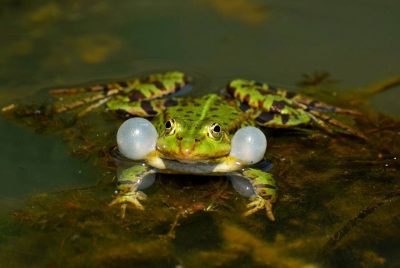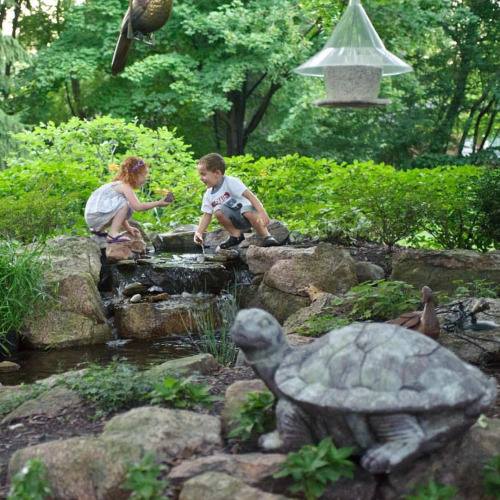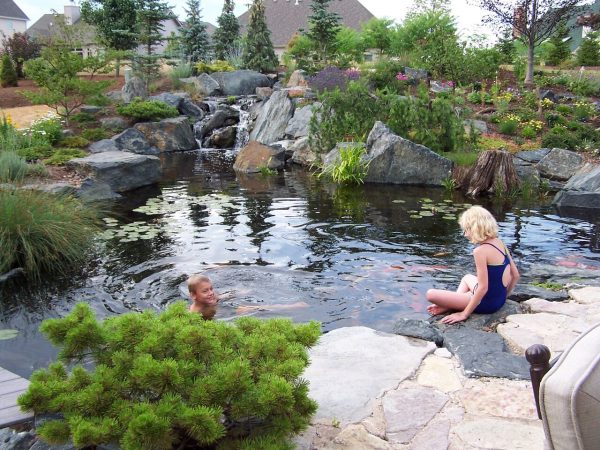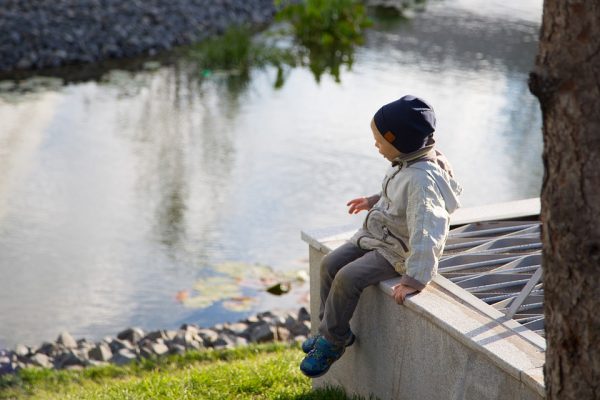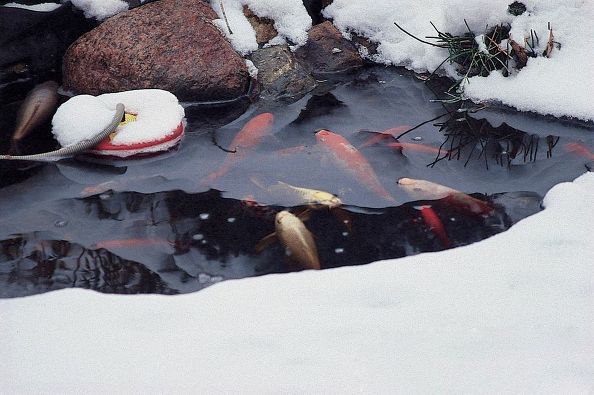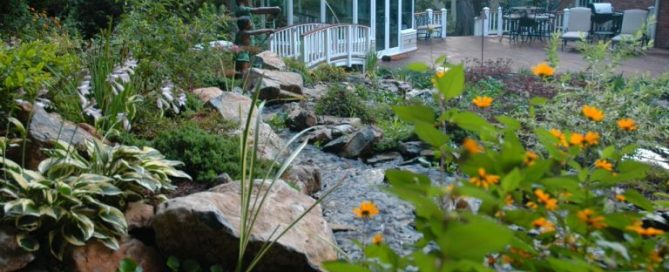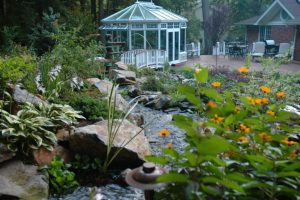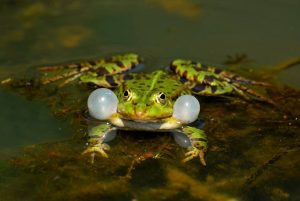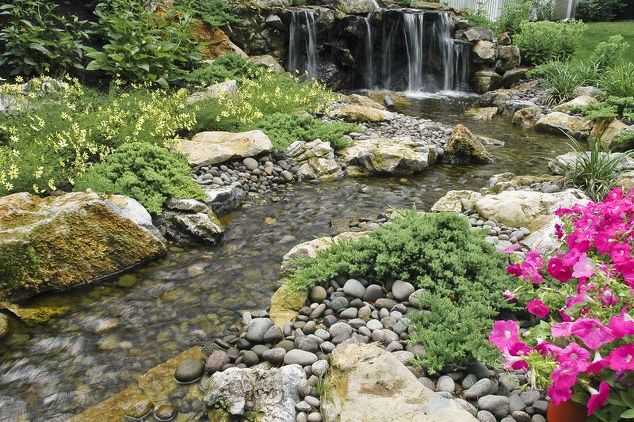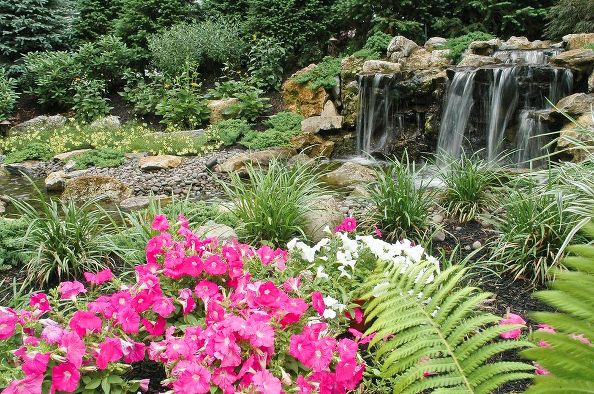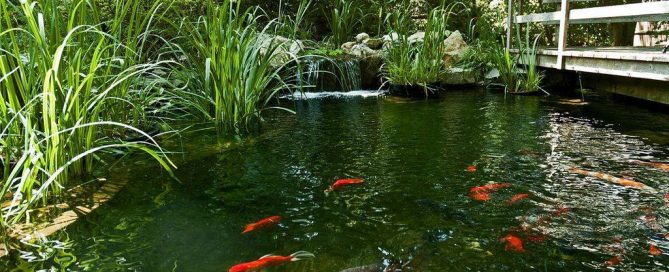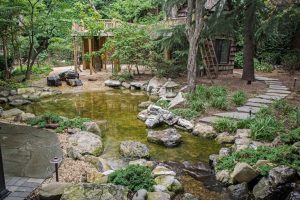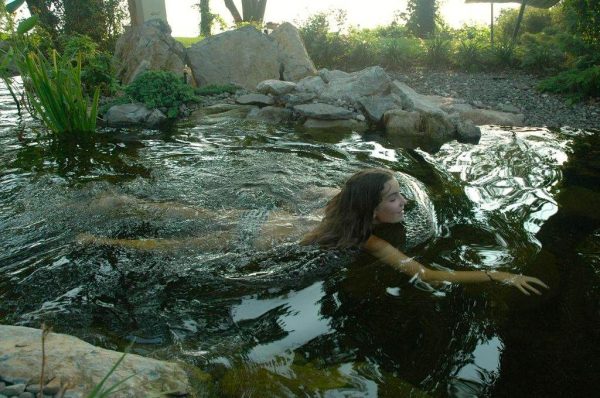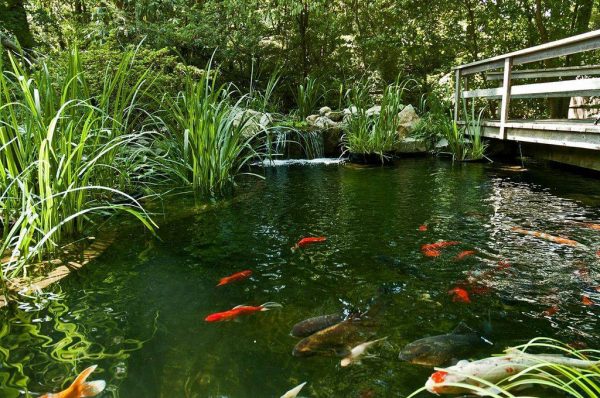Backyard Upgrades: ‘Phase’ Your Way to an Awesome Retreat
“When it comes to landscaping, sometimes ‘awesome’ isn’t accomplished in one season — let alone, overnight,” says Deck and Patio’s Dave Stockwell.
Certainly, this was the case for these Shoreham, NY, homeowners. Their dream backyard includes:
— two-tiered Trex Transcend decking,
— two ponds, stream, and waterfalls,
— new Cambridge paver patios,
— pavilion/outdoor great room with fireplace,
— and a special hot tub installation with custom open-top pergola.
To complete it, required a healthy budget and building time. So our design team came up with a thorough plan that could be built in phases.
Phase I.
In the first phase we built them their new Trex deck (Gravel Path boards) as well as a custom pergola to surround their new Bullfrog Spa.
“I have orthopedic issues,” says the wife. “And my husband has multiple sclerosis, so a spa was very important to us. Deck and Patio’s designer helped us choose the right hot tub with interchangeable, individual massage jets. They’re a snap to change out whenever there’s a particular need.”
For easy daily access, Deck and Patio positioned the hot tub immediately outside their back door, tucked into the deck. Plus, we designed the deck with a raised tier which makes getting in the spa effortless. They just have to sit on its edge and swing their legs over.
In addition, the deck layout allowed for two adjacent lounging areas for when our clients take breaks from the spa. Our team constructed a custom pergola. Through its elegant definition of space, it provides drama and architectural interest around the hot tub.
Phase II
The clients also wanted an outdoor great room that could be used most of the year. The answer was a handsome shingled roof pavilion with white columns, which also boasts a fireplace for warmth in autumn and winter months. The bases of the columns are faced with the same stone as the fireplace.
“It also offers additional ambience while they’e in their hot tub,” adds Dave.
Phase III
There is no question that backyard water features can add the ‘awesome’ to any retreat. And these homeowners wanted to enjoy waterfalls and ponds from their spa, as well as the deck, patios, and every area of their yard.
“We built two separate ponds with a meandering stream and waterfalls. The smaller pond [left] includes a substantial stone rock acting as a bridge; the larger natural ‘swimming’ pond [below] has a vanishing edge. Right in the very heart of this pond we added a ‘get-a-way’ stone island with stepping stones leading out to it.”
When Deck and patio built this complete water feature, there was room in the larger swimming pond (right) to add a sizable stone island.
With smooth natural stones leading to it, the homeowners enjoy a true Zen experience crossing the still pond to their own private island.
For extended moments of contemplation, two Adirondack chairs have been placed there. The wide arms of the chairs allow for a small lunch and cool drink while they listen to birds and watch koi swim. With a dramatic waterfall focal point, surrounded by robust bright plantings, including gorgeous aquatic plants, it’s a delightful escape for relaxation.
And whenever they, or family/guests wish, they can enjoy the experience of swimming in the pond. A truly awesome experience, much like swimming in a lake, swimming hole, or even the ocean.
More photos of the completed project follow:
This photo of the smaller pond at sunset was a hit on our social media last week and inspired us to write about the whole Shoreham, NY project.
The view from the homeowners Bullfrog Spa is awesome in all directions. Pictured here is the view looking right, at the larger vanishing edge swimming pond, with waterfalls and stone island.
With the sounds of a flowing stream and rushing waterfalls, inside the pavilion, with the fireplace blazing, is the perfect area for entertaining. The handsome Cambridge patio with custom inlays/border is also edged with plants and generous amounts of river rock. (Note: Each of the white pavilion columns have lighting.)
Here’s a close-up of the smaller pond’s waterfall (looking left from the hot tub).
The two ponds and waterfalls are fed by this delightful stream, which Deck and Patio landscaped with beautiful plantings and river rock.
Day or night, this backyard retreat is where our clients want to be.


